Amman, Umm Qais and Jerash.
As my plane descended in to Amman, I felt a surge of excitement. I was finally visiting Jordan, a country I had dreamed of visiting for many years. Even the chaos which greeted our arrival at the airport did not dampen my excitement or enthusiasm.
There are Roman ruins, Umayyad Desert castles, and Crusader Castles to explore, many of them UNESCO World Heritage listed sites. Visiting these sites and the Dead Sea, viewing the Jordan River, looking down on Jericho and visiting Petra and the Wadi Rum and so much more awaited.
Amman
Amman is the capital of Jordan, and although it is a relatively modern city today, there are many ancient sites evidencing earlier settlements – the earliest evidence of human settlement is said to be between 4000 – 3000 BC.


Images: Above -Part of Modern Amman, from the Jordan Museum – below street scenes, Amman


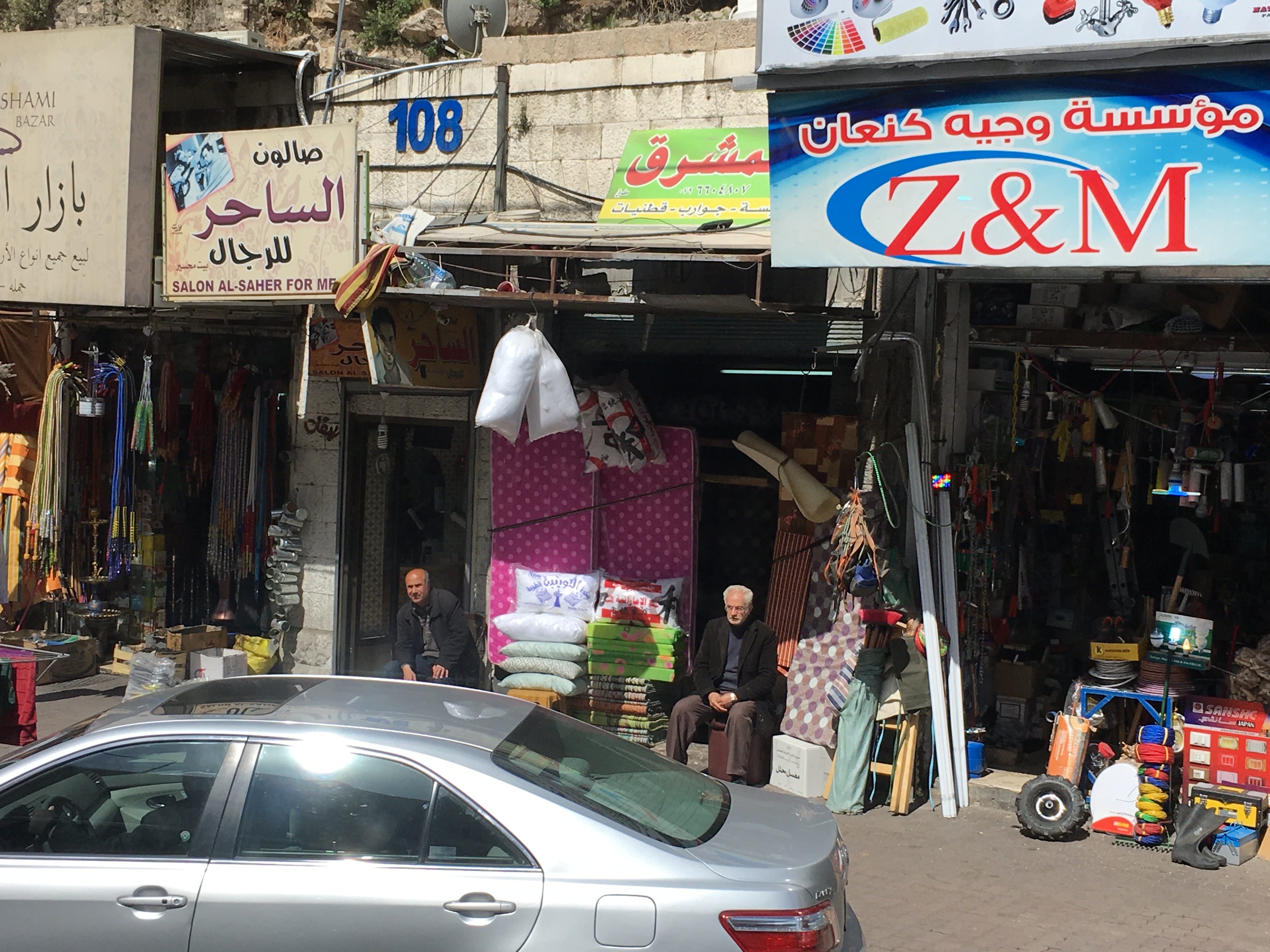
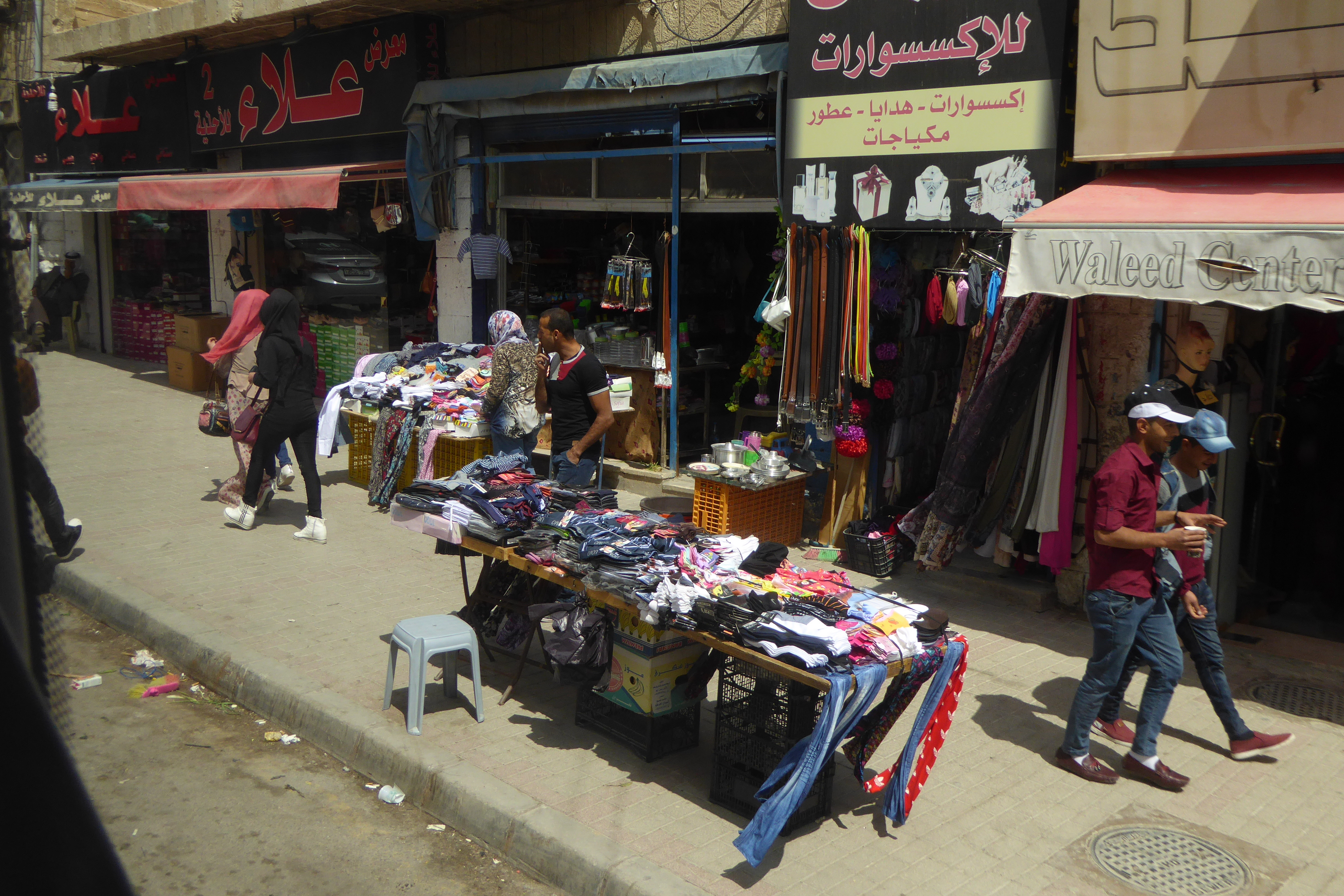

Jordan Museum
The Jordan Museum was a perfect place in which to commence a my visit. The museum is contained in a modern building, which was inaugurated in 2013. It showcases 1 (or maybe 1.5) million years of Jordanian history and cultural heritage, and tells the story of Jordan. The museum contains over 2,000 artifacts dating back to the 8,700 year old Ain Ghazal sculptures – they represent the earliest known statues of the human form and are one of the permanent exhibitions at the museum. The Dead Sea Scrolls are also permanently exhibited. All of the scrolls come from archaeological excavations on the west bank, when the West Bank was part of Jordan. Most of the scrolls are of leather parchment or papyrus and date from the third century BC to the first century AD. The only copper scroll (with a 99% copper rating) has been dated to several different periods, with some good supporting arguments for the various dates proposed. One popular estimate is First century AD.
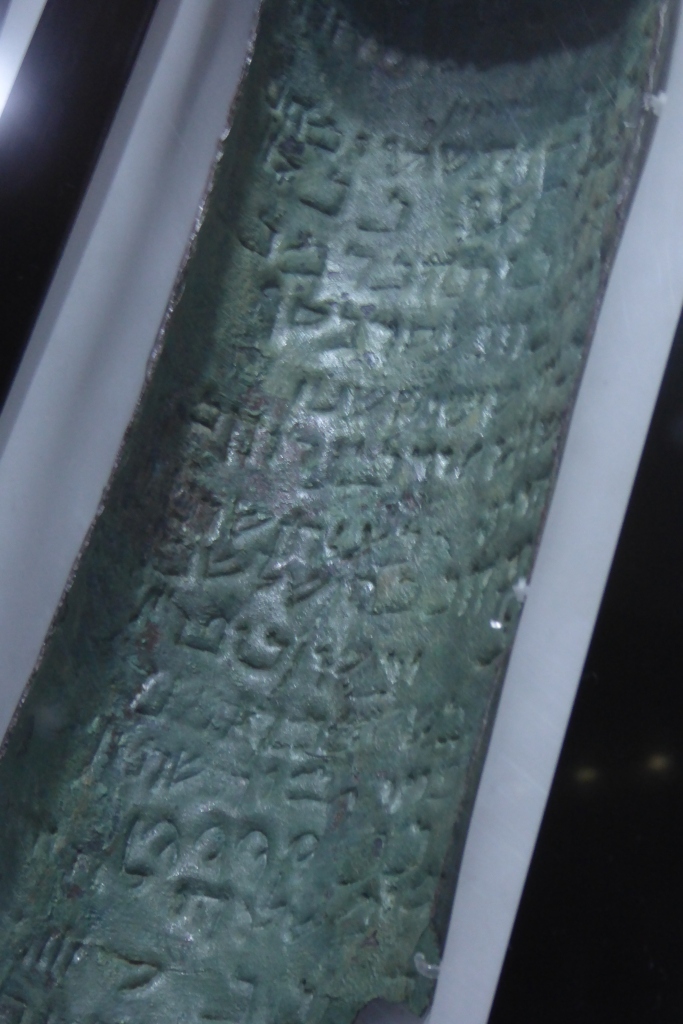


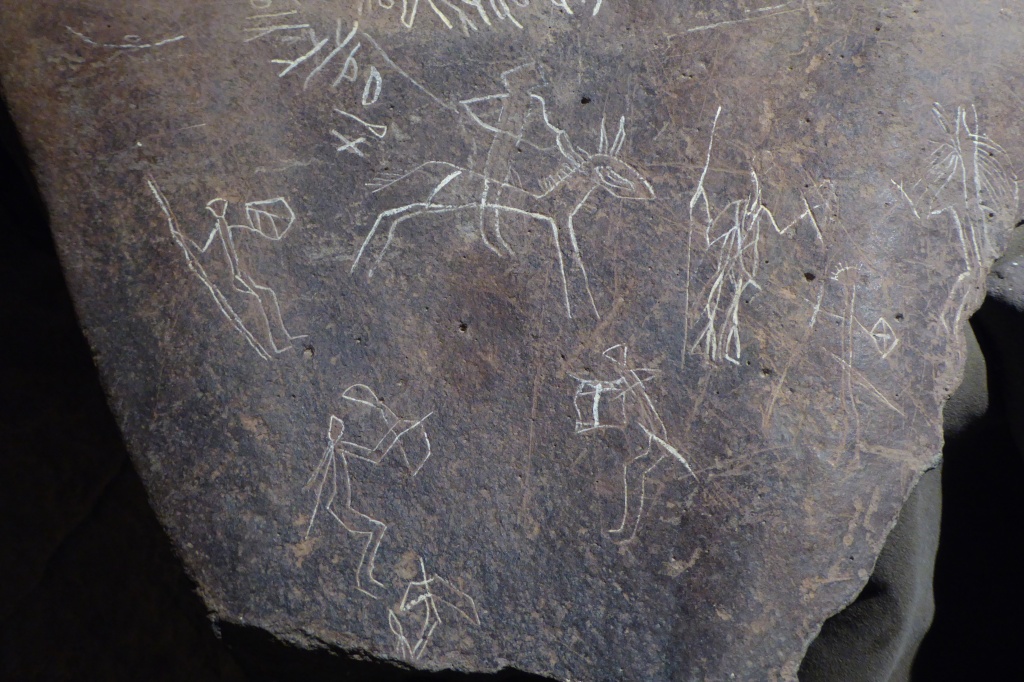

The Citadel
The Citadel of ancient Philadelphia (as Amman was known) is an archaeological site on the highest hill in Amman, Jebel al-Qala’a. The site has been occupied since the Bronze Age, and is one of the oldest inhabited places in the world. Archaeological remains from the Ammonite, Roman, Byzantine and Umayyad periods can be found at the Citadel. Today, it is surrounded by the modern city.
Rome, under the Rule of Pompey conquered Jordan, and its neighbouring countries, Syria and Palestine in 63BC. The principal sites at the Citadel are from the Roman period, and later. The Temple of Hercules was constructed during Marcus Aurelius’ Roman occupation of the Citadel in around 162-166AD, and was dedicated to a supreme Roman deity. Due to the discovery of large fragments (hand and elbow) of a gigantic statue (9-12 metres high), and coins showing the head of Hercules, it was named the Temple of Hercules. Little remains of the original structure, only the restored remains of pillars. Viewing the hand of Hercules, sitting alone on the site, quite starkly illustrates the rise and fall of great Empires – once part of a colossal statue, now just a hand remains. “Look upon me and weep” (Ozymandias, Shelley).
The remains of a Byzantine Church (550AD) sits a little below the Temple of Hercules. The Corinthian columns, which are decorated with acanthus leaves, were taken from the Temple and repurposed for the Church.



In the early 7th Century (661AD), Jordan became integrated into the the Islamic Umayyed Dynasty. Islamic Art and Architecture captured my imagination from the first time I was exposed to it, many years ago, so I was looking forward to seeing the Ummayed Palace complex, which sits on the upper level of of Jabal al-Qal’a, with sweeping views of the city. The Palace is from the same period as the construction of the Dome on the Rock and the Great Mosque in Damascus, and is an excellent example of the architecture from that period.
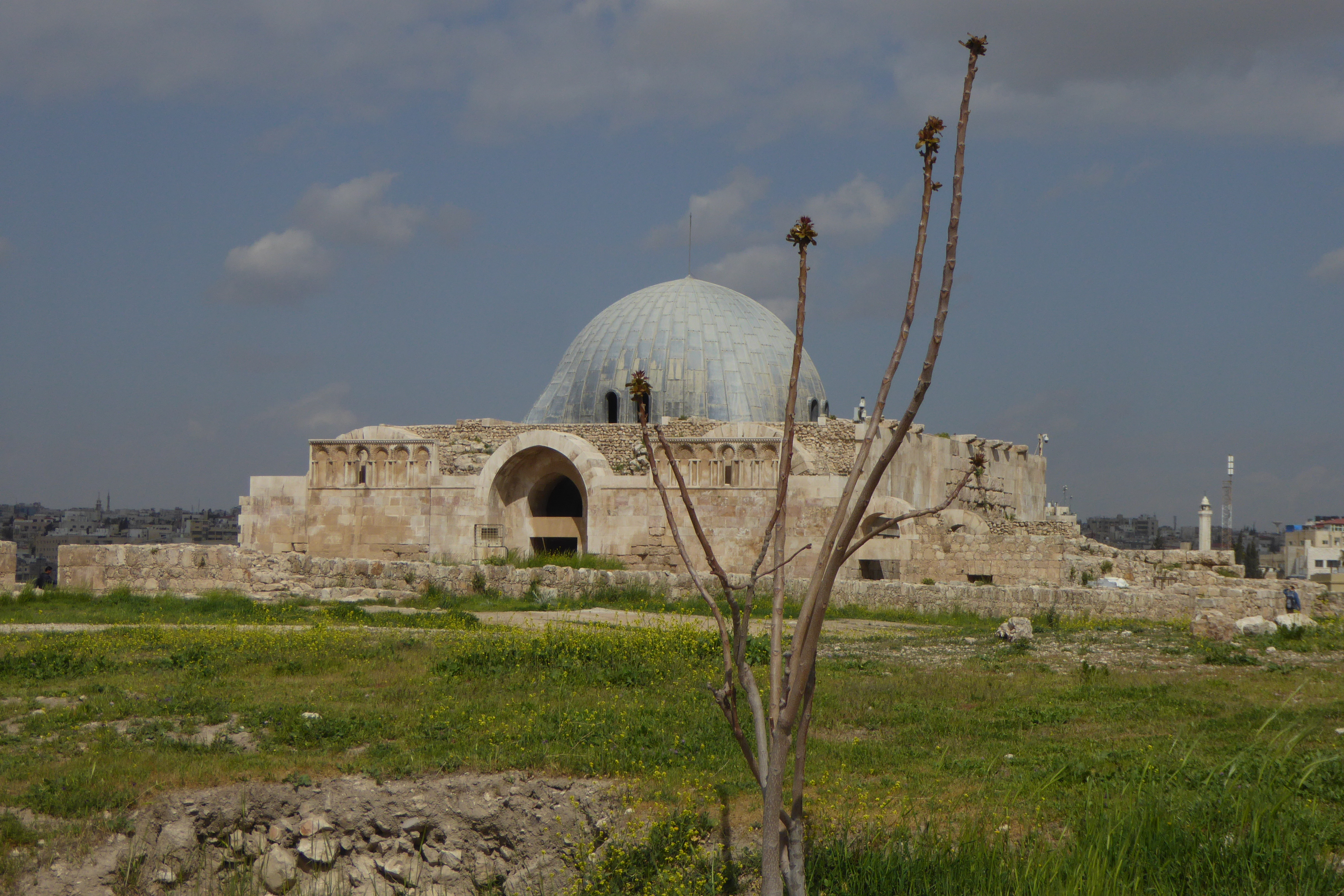

The Romans knew how to build theatres – among other things. The theatre in the Lower Town in Amman is a fine example. It was built when Antonius Pius was Emperor, between 138AD and 161AD and was carved into Jabal Al-Jofeh. It was designed with the stage facing south, so the audiences would be sitting in the shade. It has three levels – first level for dignitaries, second level for the military and the third level for the plebians – I personally prefer the third tier, which is just as well, since that is where I would have been. Seating 6,000 people, it is still used for performances.
The Corinthian columns along the front of the theatre and a few paving stones are all that remains of the forum.

Travelling North – Umm Qais and Jerash
Travelling north from Amman (and south for that matter) took on a whole new meaning. Travelling on a highway, which was referred to in the Old Testament (Book of Numbers 20:17) is pretty special. Moses asked permission to use the road – denied. Archaeological evidence suggests this road has been in use since at least the 8th century BC. The Kings Highway (Highway 35) traverses Jordan from Syria to the Gulf of Aqaba, and sits on top of the ancient Kings Road. I was heading north to Umm Qais and Jerash and part of the journey was on the Kings Highway.
Umm Qais
Umm Qais, (the site of ancient Gadara) is situated in the hills above the Jordan Valley with spectacular views over the Sea of Galilee, the Jordan Valley and the Golan Heights.

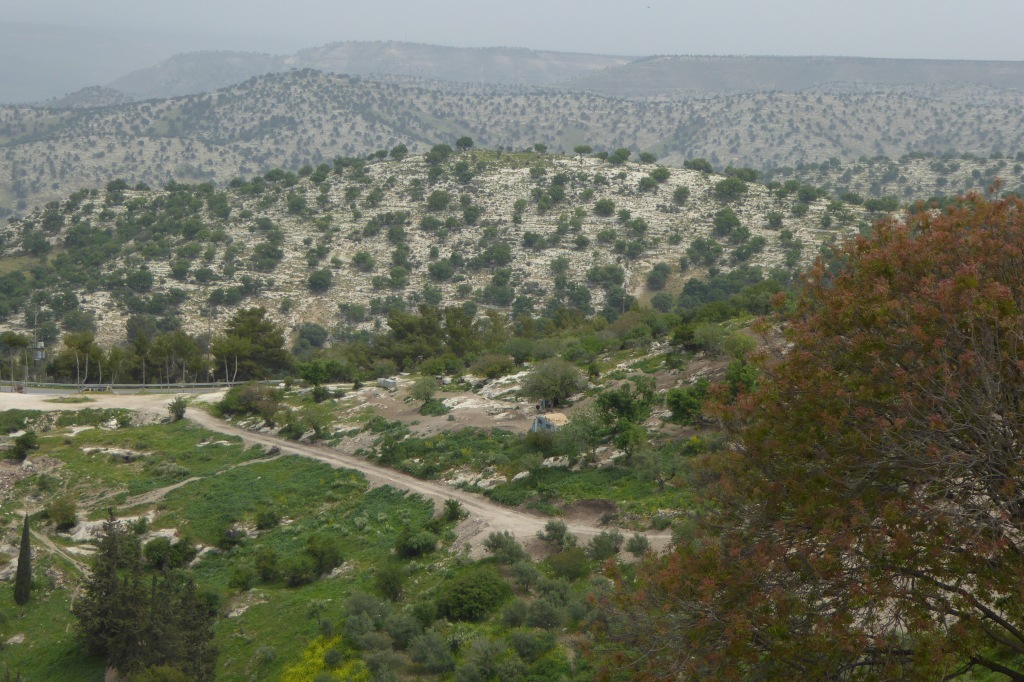
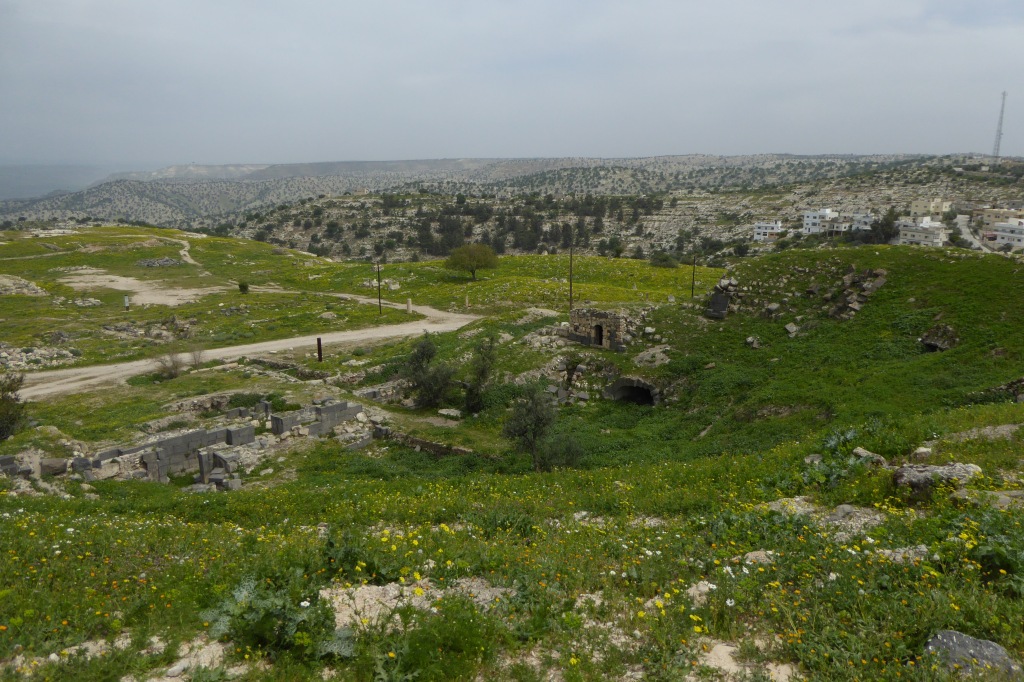
Looking out over the Sea of Galilee at Umm Qais felt somewhat surreal. Not that the view was all that clear, but it didn’t matter. Having heard all the stories from the New Testament as a child, (although I was somewhat doubtful, even then – “ye of little faith”) there is a certain frisson viewing the place where Jesus (supposedly) walked on water, gave the Sermon on the Mount, fed the multitudes and performed various miracles. I particularly liked the miracle of the Gaderene swine, which is said to have been performed at Gadara (Matthew 8:32). I visualised those pigs racing to their death in Lake Tiberius (Sea of Galilee).
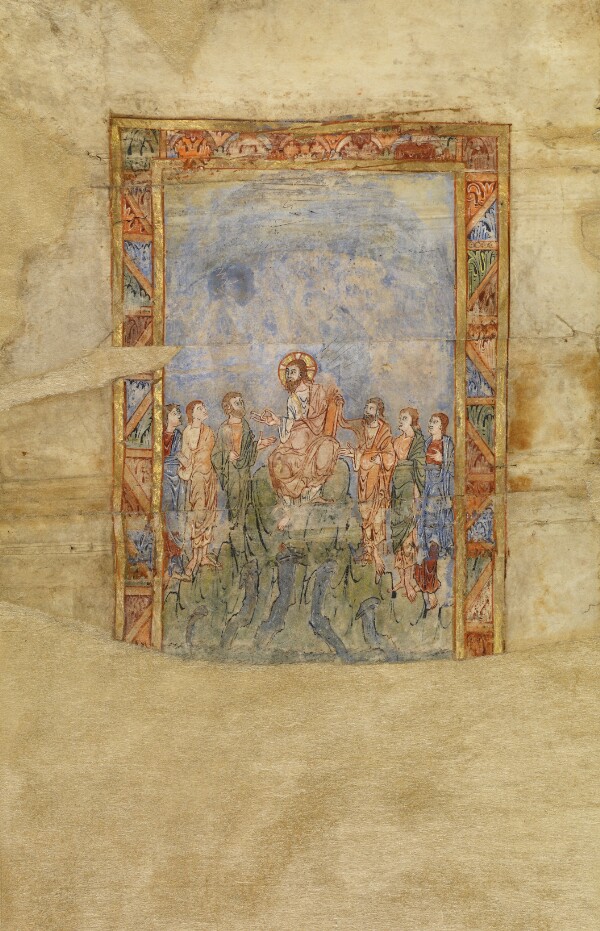

Above: 2 miniatures removed from a Gospel Book, depicting the miracle of the Gadarene Swine (Getty Museum).
There is much to see in Umm Qais. There are two Roman theatres – Gadara had a reputation of being cultured. The arts flourished, and numerous poets apparently lived there.

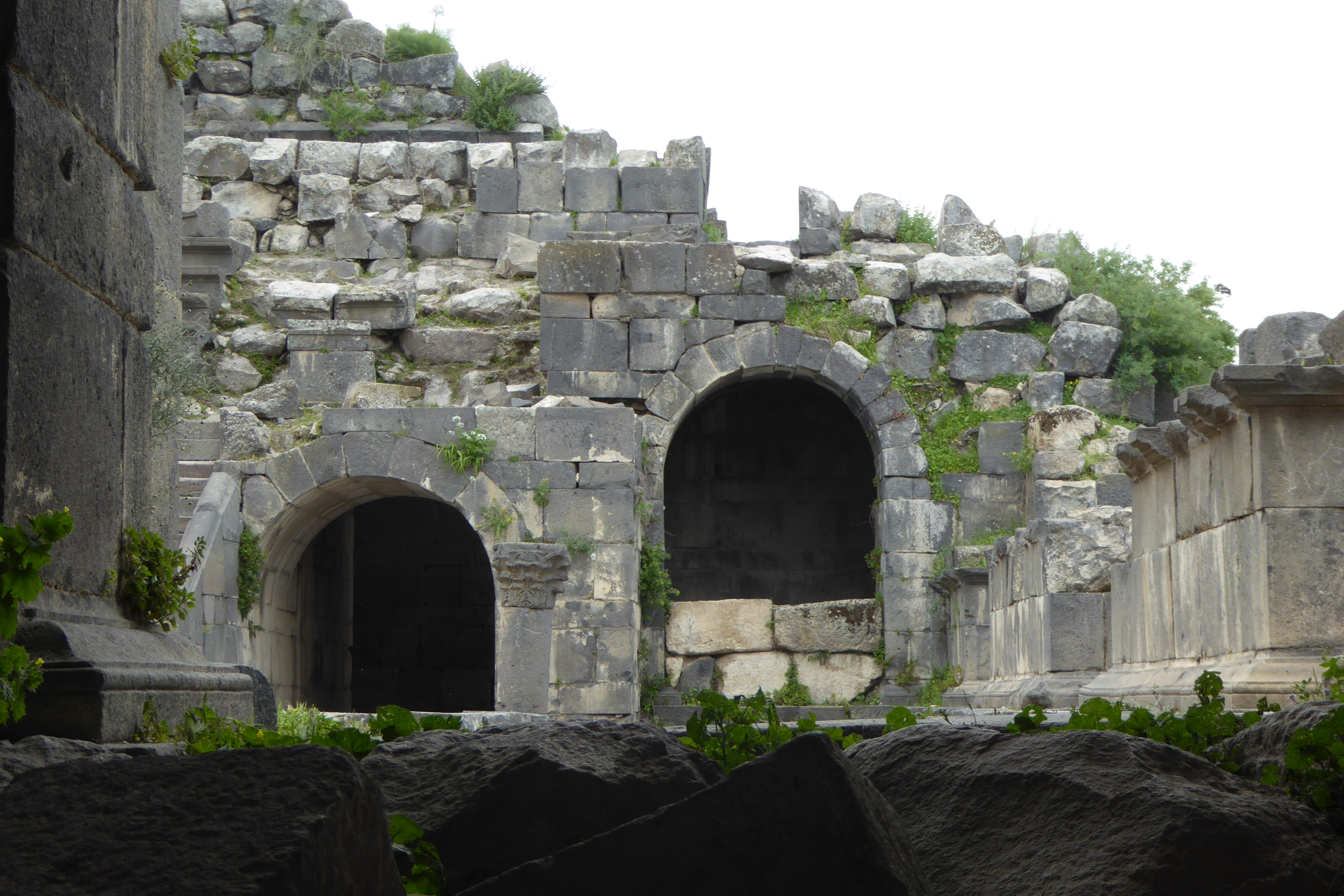


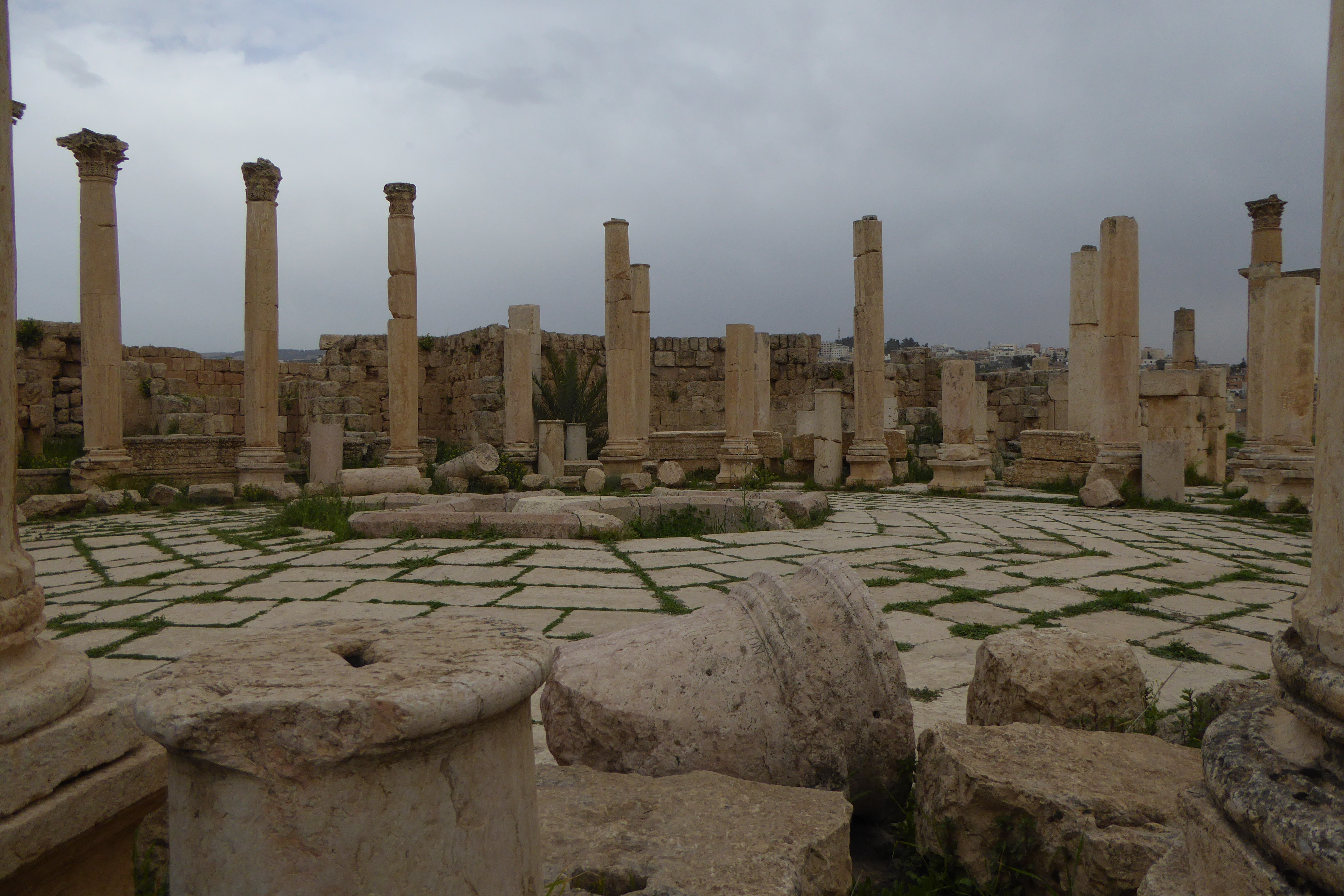
An Ottoman village with remains of 2 houses, a mosque and a girls school with winding laneways and alleyways makes for a very pleasant stroll. The Basilica Terrace contains the ruins of a small Byzantine church and the remains of domed rooms, once a row of Byzantine shops. The whole site was ablaze with colourful wildflowers.

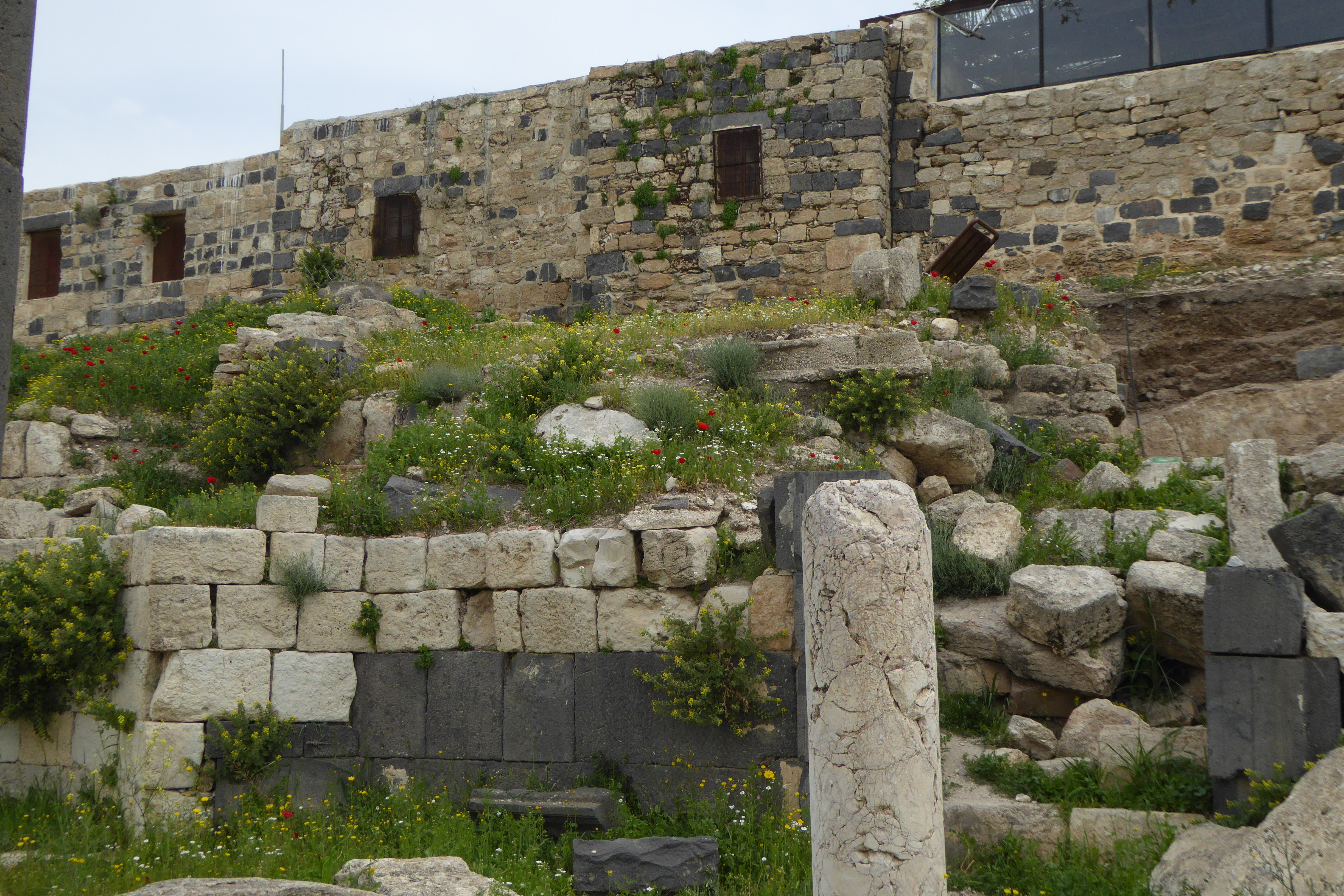
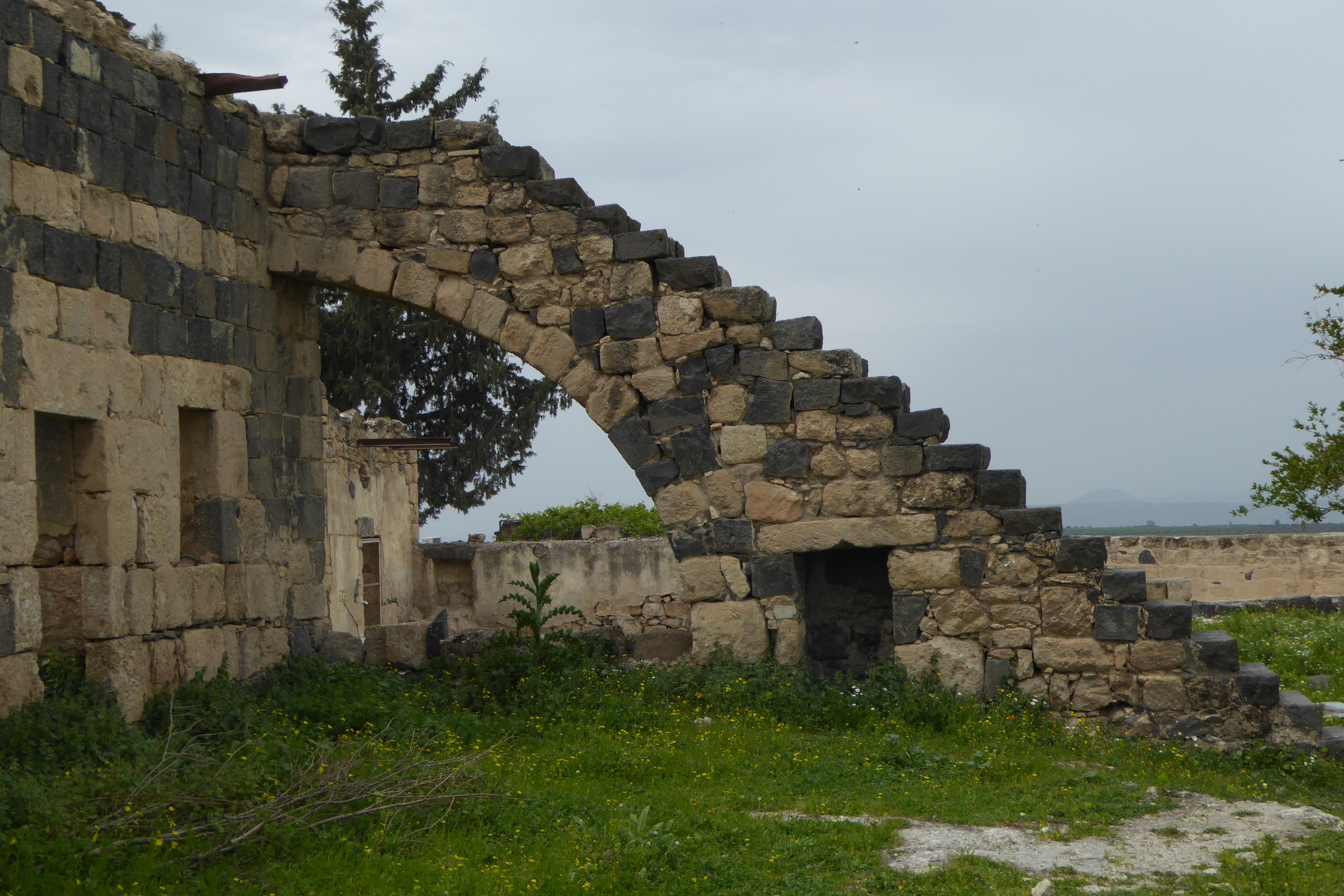

Jerash (Ancient Gerasa)
Gerasa became part of the Roman province of Syria after Pompey’s conquest of the area n 64BC. The city was laid out on a grid style, and is an example of of a typical Roman provincial town of the time.
Although I had heard a lot about Jerash and had some idea of what it looked like, the reality was far more spectacular than I had imagined. From Hadrian’s Arch, the forum, hippodrome, theatres, temples, Nymphaeum and palaces, I felt as if I was on a constant adventure. As a bonus, if one was needed, the site was covered in wildflowers. Spectacular.
I entered the site through the impressive 13 metre tall Hadrian’s Arch, which was was constructed in 129AD during Emperor Trajan’s time. I do love the Roman Triumphal Arches. Looking over the site from Hardian’s Arch, I could imagine Gerasa when it was at its peak, with 15,000 to 20,000 residents. The view was glorious – a large assortment of columns to the hills beyond.
I could write a chapter about the history and use of each of the monuments in Jerash, but I couldn’t do the topic justice. I shall just provide a pictorial journey of my visit.
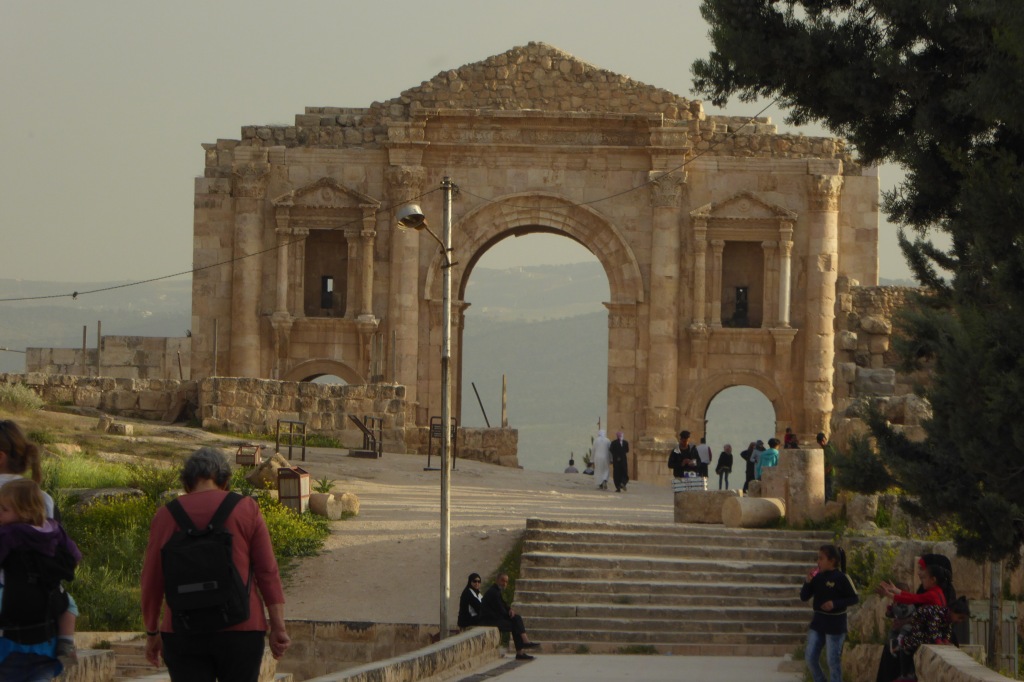




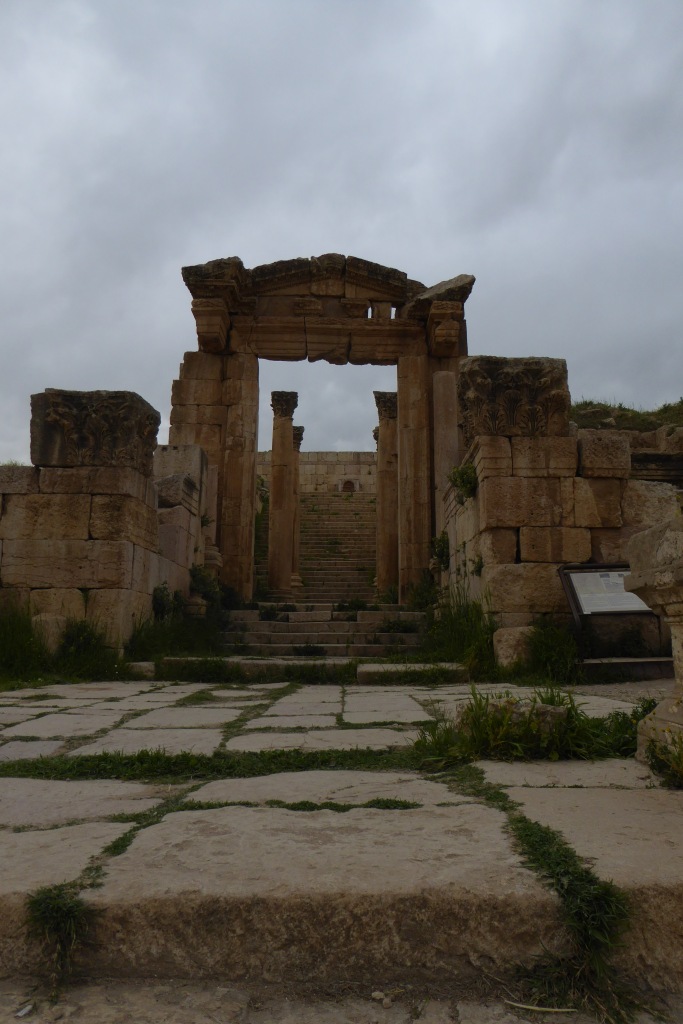

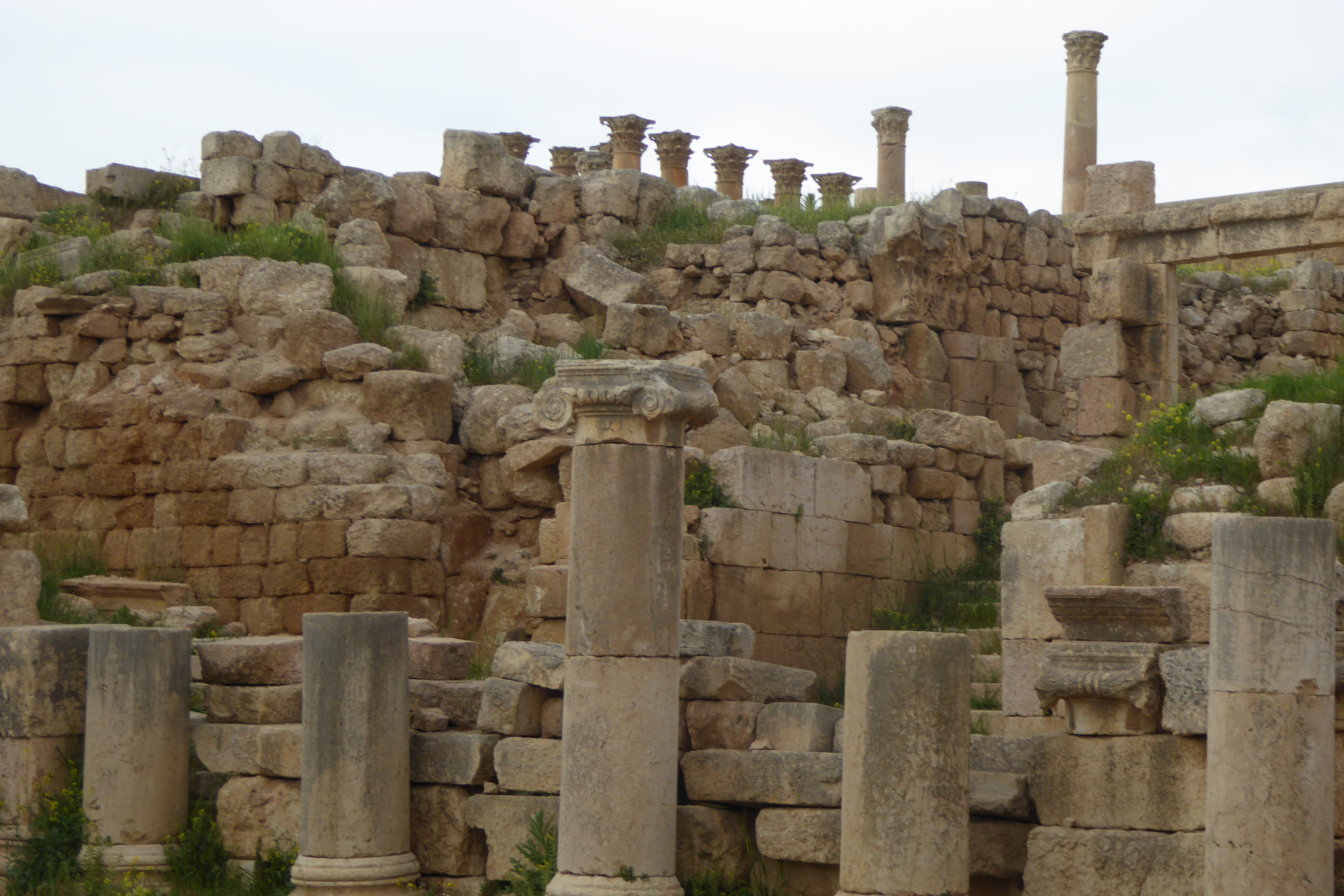


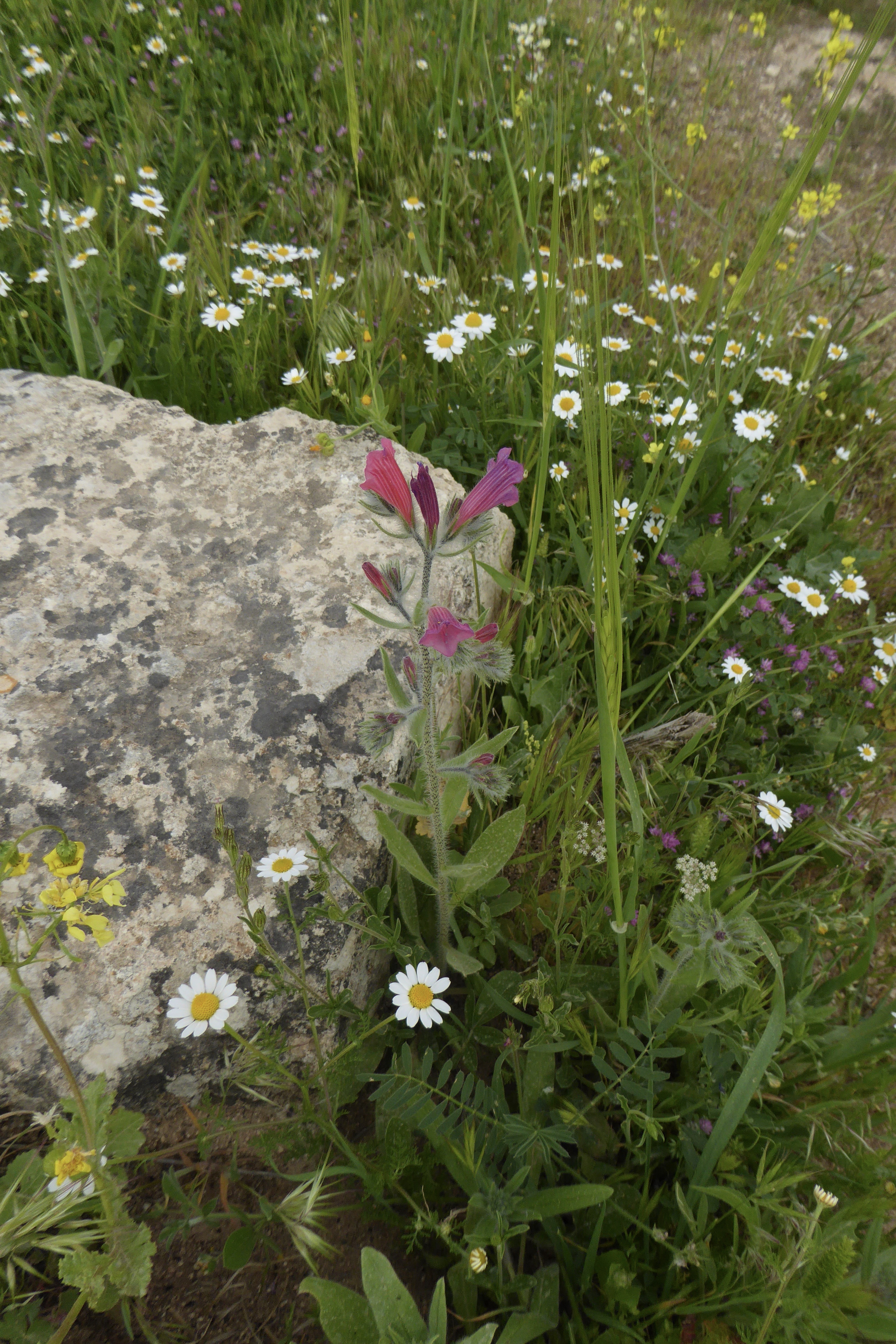


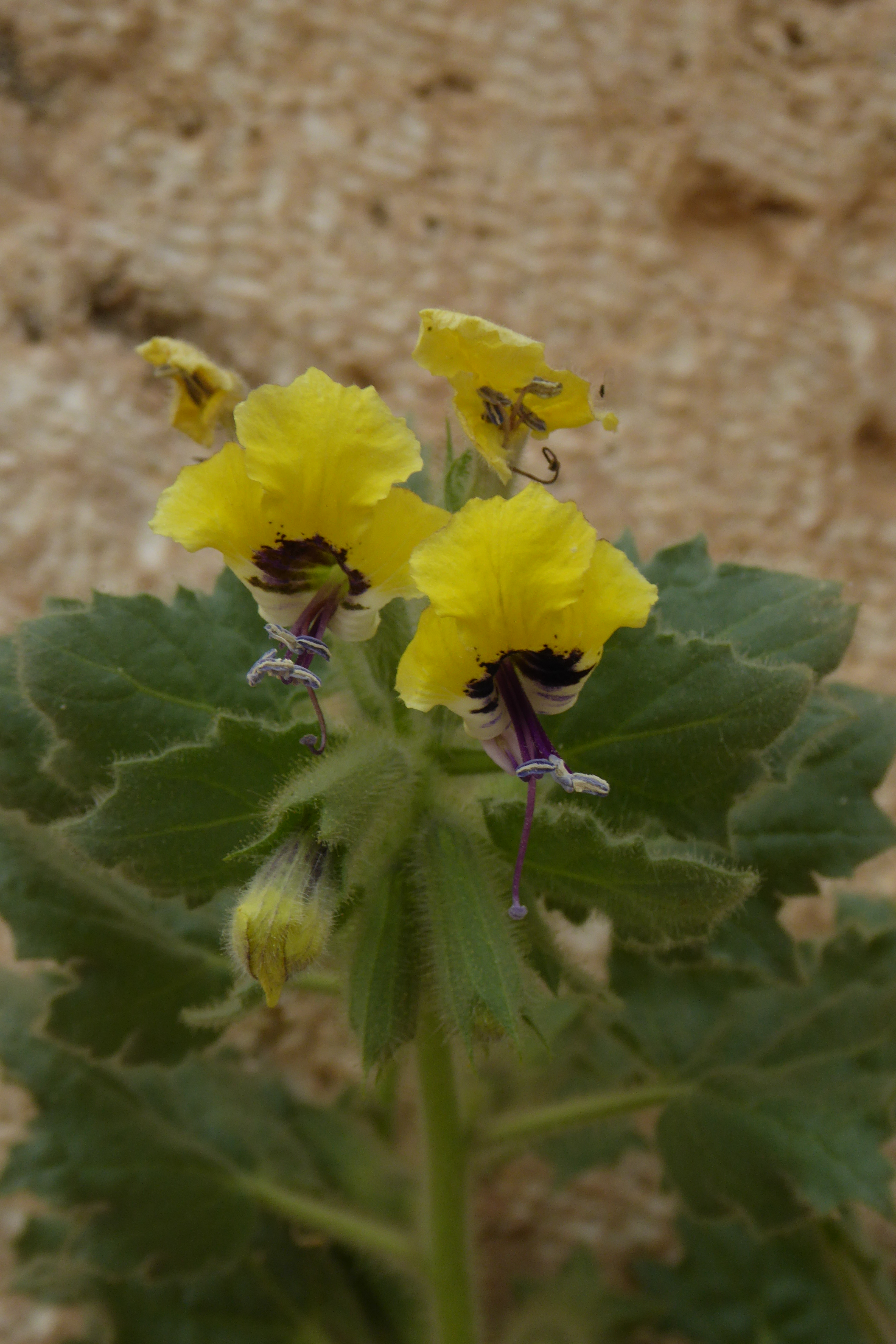
If you have enjoyed reading this, watch out for Jordan Part 2, coming soon.
Travels in some of the world’s earliest DOCUMENTED history Thank you Ryrie
LikeLiked by 1 person
We visited there Jordan. Thanks for sharing your travels. Anita
LikeLike
Wow – Jordan is one of the destinations at the top of my travel list. I would absolutely love to visit one day. The Museum looks interesting, the Citadel so fascinating and all the history everywhere is truly amazing! Thanks for sharing your adventures.
LikeLike
Fascinating ancient history. The Jordan Museum has so many interesting artifacts by the sounds of it. Jordan is high on my list to explore. Were you there recently?
LikeLiked by 1 person
I was there just before Covid locked us up. It is so worth visiting. Part 3, which covers Petra and the Wadi Rum, is partly written, but as I am currently travelling, it has been delayed.
LikeLiked by 1 person